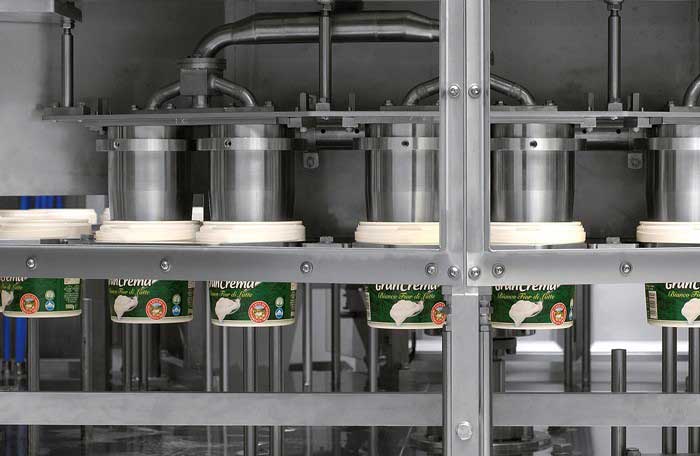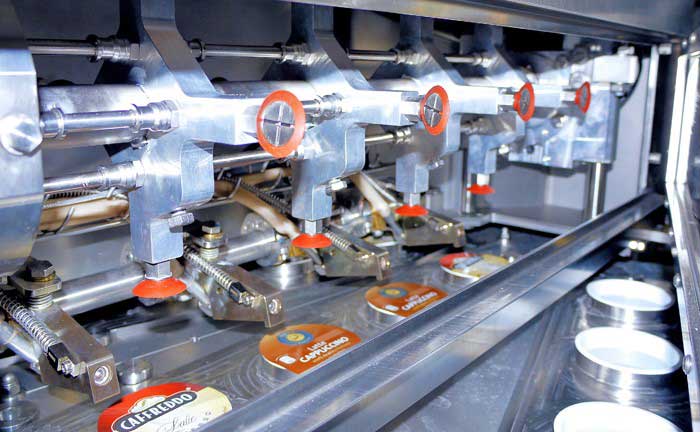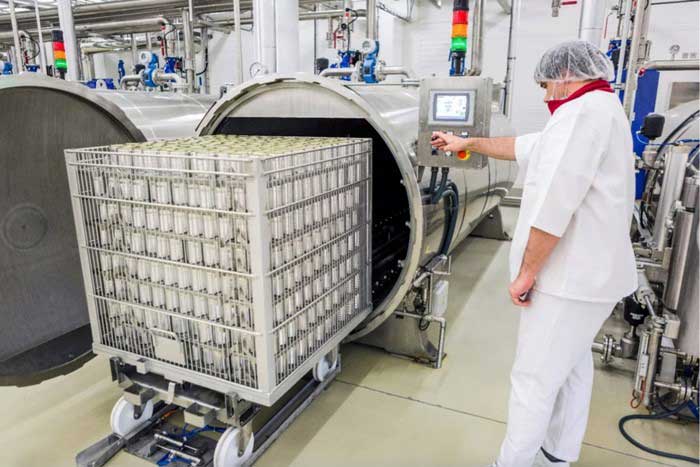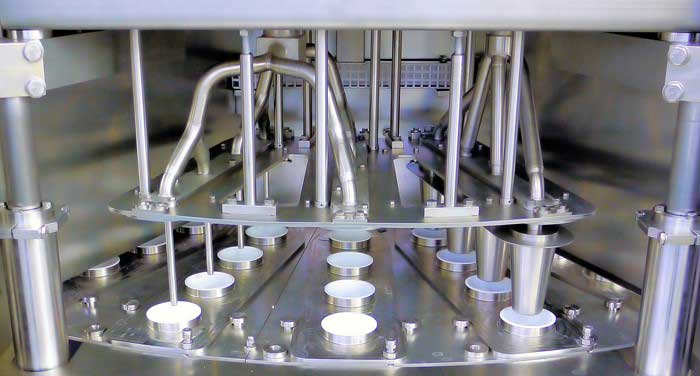
Do you know the differences between the three most common food sterilization processes that manufacture shelf-stable foods? Julian Stauffer, CEO of WNA, explains them in detail.
As the demand for food and beverages with longer shelf lives and preserved nutritional values increases, it’s important that companies make the right choice when it comes to manufacturing their shelf-stable food products. Several options are available, and the packaging, product and process selection can vary depending on different expectations, including capital costs, shelf life and FDA regulations.
We sat down with Julian Stauffer, CEO of Waldner North America (WNA), to dive into the details of three packaging and sterilization processes: aseptic, retort and extended shelf life (ESL).
“Each process has its own advantages and disadvantages,” Stauffer explains. “Having a better understanding of what happens to your products and packaging during processing enables you to make better choices to ensure you deliver the best tasting, healthiest and safest food for consumers.”
ASEPTIC
Aseptic processing is commonly used for beverages and homogeneous products that do not need refrigeration. It involves filling a commercially sterile food product into a sterile package. A commercially sterile food product is subjected to a sterilization process that has effectively destroyed the harmful microorganisms that could cause foodborne illness or spoilage. The aseptic process is especially beneficial for products without particulates that are sensitive to heat, like dairies, juices and sauces.
Prior to the filling and sealing processes, food products are rapidly exposed to sterilization temperatures for just a few seconds, while packaging materials are sterilized with H2O2 (hydrogen peroxide).

Lids sterilized with UV light before being placed on top of filled cups.
“If you swab a package after it’s been sterilized with peroxide in an aseptic process, you will find nearly zero spores of bacteria,” Stauffer explains.
The sterile product and package are then combined in a sterile environment for the aseptic filling and sealing process.
“Lots of things must come together for this process to be successful; and when it is, the aseptic process is producing the best tasting shelf-stable products with the equivalent shelf life of a retort process,” Stauffer says. “However, it requires a high capital investment and potentially high operational costs as well. If one thing goes wrong and sterility is lost, the entire process is affected, and sterility must be reestablished.”
RETORT
Retort food processing involves filling and sealing the food in a non-sterile environment, and then subjecting the sealed container to sterilization temperatures in a pressure vessel. This process exposes the product to high temperatures for a longer time of up to several minutes or more to kill bacteria that could spoil food product while in the package.
There are several areas that differentiate retort from the aseptic process. Stauffer explains that retorts do not need to maintain a sterile environment during the entire process, unlike aseptic.

Sealed containers are placed into retort equipment for sterilization.
“The retort process is set up and validated to sterilize the center of the product at the center of the package in the ‘cold spot’ of the retort,” he says. “It does take more time to achieve sterilization; however, it is not limited to the types of products it can sterilize. Because the retort process remains at elevated temperatures and pressures for longer, it can potentially alter the texture, taste and nutritional value of the product.”
Cost is another significant factor to consider when choosing between aseptic and retort packaging. Retort equipment can be scaled up over time in smaller capital expenditures, but it does require specific types of packaging materials and closure methods. These specifics are generally more costly to withstand retort conditions. Managing the sterility of packaging that is fresh out of a retort manufacturing process is much less costly than managing the sterility of an aseptic packaging line over time.
What about ESL?
The ESL approach can be viewed as similar to aseptic, since both aseptic and ESL processes manage the environment around the package and product for increased shelf-life. However, ESL is meant for specific product types. ESL does not aim to achieve sterility, but rather to extend shelf life by minimizing spoilage causing microbial growth.
“Let’s take yogurt, for example. With ESL, the interior of the packaging is exposed to the antimicrobial treatment before filling and sealing,” Stauffer explains. “Waldner machines will disinfect the cup and lid with hydrogen peroxide and fill the cup with the yogurt that has beneficial bacteria in it already. In a sterile cup with a sterile lid, the product’s microbial load remains constant. However, if there were additional spoilage-causing bacteria initially present in the cup, the lid will eventually burst because the product is spoiling.”

Hydrogen peroxide mist is applied to cups for sterilization before they are filled with yogurt.
This additionally explains why some ESL products require temperature control during product distribution. Low-acid dairy products like milk or pudding are distributed under refrigerated conditions that prevent bacteria growth while retaining their healthy qualities. Conversely, high-acid products like fruit beverages and their packaging can be commercially sterilized and do not require chilled temperatures for distribution.
Safe and healthy food
Each of these processes uniquely produces a safe and healthy shelf-stable food product. Moreover, the distinction of these processes lies in their compatibility with different products, packages and the procedural steps involved to achieve sterility. Some applications may be more cost-effective with a certain process, while others are a better fit for the product, package or operating environment. In the end, regardless of the chosen processing method, hermetically sealed packaging is the final barrier to minimizing a food product’s risk of encountering microorganisms and spoilage.
For more information, please contact: